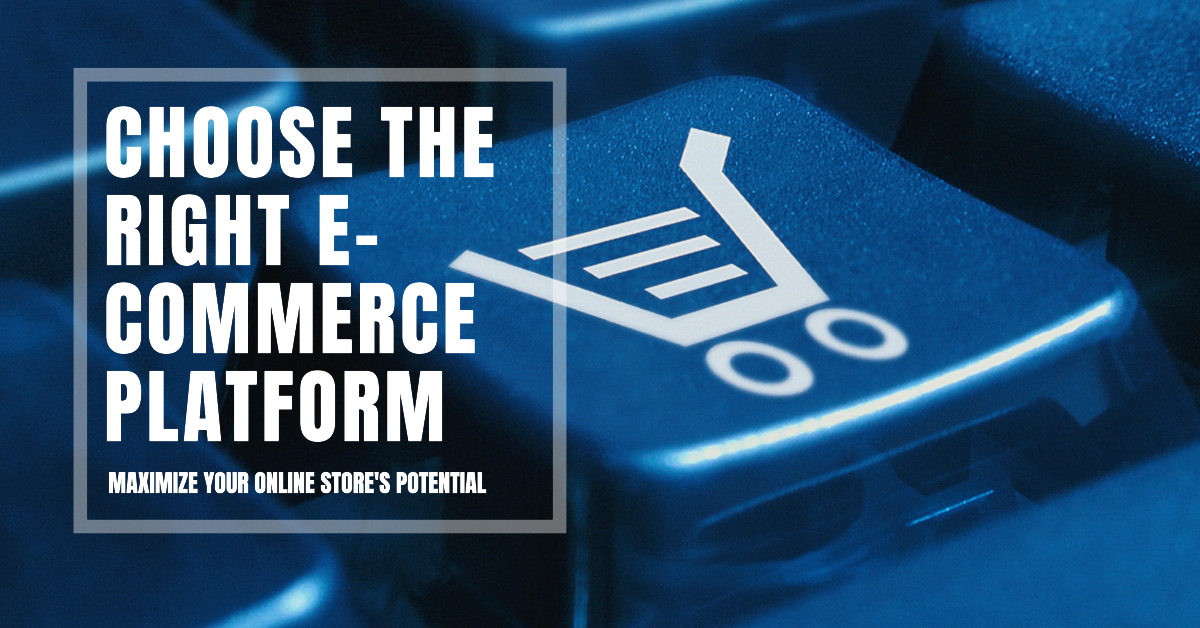
Introduction to WCAG 2.1
In today’s digital age, access to information and services on the internet is a fundamental aspect of daily life. However, not everyone can navigate the web with ease. For individuals with disabilities, barriers often exist that hinder their ability to fully engage with online content. This is where Web Content Accessibility Guidelines 2.1 (WCAG 2.1) come into play.
Importance of Accessibility Standards
Accessibility standards, such as WCAG, are crucial for ensuring that websites and digital platforms are usable by all individuals, including those with disabilities. These standards provide guidelines for developers and designers to follow, with the goal of creating a more inclusive online environment.
Key Features of WCAG 2.1
- Perceivable
- Text Alternatives
- Time-Based Media
- Adaptable Content
- Operable
- Keyboard Accessibility
- Enough Time
- Seizures and Physical Reactions
- Understandable
- Readable Content
- Predictable Navigation
- Input Assistance
- Robust
- Compatibility with Assistive Technologies
- Future-Proofing Content
- Accessibility Supported Technologies
Changes and Updates from WCAG 2.0 to WCAG 2.1
WCAG builds upon the foundation laid by WCAG 2.0 and introduces new success criteria to address accessibility issues that were not adequately covered in the previous version. These updates include provisions for mobile accessibility, cognitive and learning disabilities, and improved guidance for web developers.
Benefits of Implementing WCAG 2.1
Ensuring compliance with Web Content Accessibility Guidelines 2.1 not only enhances the accessibility of a website but also brings several benefits to organizations. These include improved user experience, expanded audience reach, and alignment with legal requirements and industry best practices.
Impact on Website Design and Development
The implementation of WCAG 2.1 standards can significantly influence the design and development processes of websites and digital applications. Developers must consider accessibility requirements from the outset and integrate them seamlessly into the design and functionality of the platform.
Legal Implications of Non-Compliance
Failure to comply with accessibility standards such as Web Content Accessibility Guidelines 2.1 can have legal consequences for organizations. Several countries have enacted laws and regulations mandating web accessibility, and non-compliant businesses may face litigation, fines, and reputational damage.
Tools and Resources for WCAG 2.1 Compliance
A variety of tools and resources are available to assist organizations in achieving WCAG 2.1 compliance. These include automated testing tools, accessibility plugins, and guidelines provided by organizations such as the World Wide Web Consortium (W3C).
Case Studies of Successful Implementation
Numerous organizations have successfully implemented Web Content Accessibility Guidelines (WCAG) guidelines and improved the accessibility of their digital platforms. Case studies highlight the benefits of accessibility compliance, showcasing enhanced user experiences and positive outcomes for both users and businesses.
Challenges in Implementing WCAG 2.1
While the benefits of WCAG 2.1 compliance are clear, organizations may encounter challenges during the implementation process. These challenges include technical complexities, resource constraints, and the need for ongoing maintenance and updates to ensure continued compliance.
Future Trends in Web Accessibility
As technology evolves, so too will the field of web accessibility. Future trends may include advancements in assistive technologies, increased emphasis on mobile accessibility, and the development of more sophisticated tools for testing and monitoring accessibility compliance.
Tips for Ensuring WCAG 2.1 Compliance
To ensure WCAG 2.1 compliance, organizations should prioritize accessibility from the outset of the design and development process. This includes conducting thorough accessibility audits, involving users with disabilities in testing, and staying informed about updates and best practices in the field.
Conclusion
Web Content Accessibility Guidelines (WCAG) represents a significant step forward in making the web more accessible for everyone. By adhering to these guidelines, organizations can create digital platforms that are inclusive, user-friendly, and compliant with legal requirements.
FAQs
- What is WCAG 2.1?
WCAG 2.1, or Web Content Accessibility Guidelines 2.1, is a set of standards developed by the World Wide Web Consortium (W3C) to ensure that web content is accessible to all users, including those with disabilities. - Why is WCAG 2.1 important?
Web Content Accessibility Guidelines 2.1 is important because it ensures that websites and digital platforms are usable by individuals with disabilities, promoting inclusivity and equal access to information and services online. - What are the key features of WCAG 2.1?
Web Content Accessibility Guidelines 2.1 includes guidelines related to perceivable, operable, understandable, and robust web content. These guidelines cover various aspects of accessibility, such as text alternatives, keyboard accessibility, and compatibility with assistive technologies. - How can organizations ensure WCAG 2.1 compliance?
Organizations can ensure Web Content Accessibility Guidelines 2.1 compliance by following the guidelines outlined in the standards, conducting accessibility audits and testing, and staying informed about updates and best practices in web accessibility. - What are the benefits of implementing WCAG 2.1?
Implementing Web Content Accessibility Guidelines 2.1 brings several benefits, including improved user experience, expanded audience reach, and alignment with legal requirements and industry best practices.
Take the first step towards making your website more inclusive and accessible to all users by implementing WCAG 2.1 guidelines today. Whether you’re a business owner, developer, or designer, ensuring compliance with these standards not only enhances user experience but also demonstrates your commitment to inclusivity and social responsibility. Embrace the opportunity to reach a wider audience and avoid the legal risks associated with non-compliance. Let’s work together to create a web environment where everyone can fully participate and engage. Get started now, Contact Us, and make a difference in the digital landscape.




